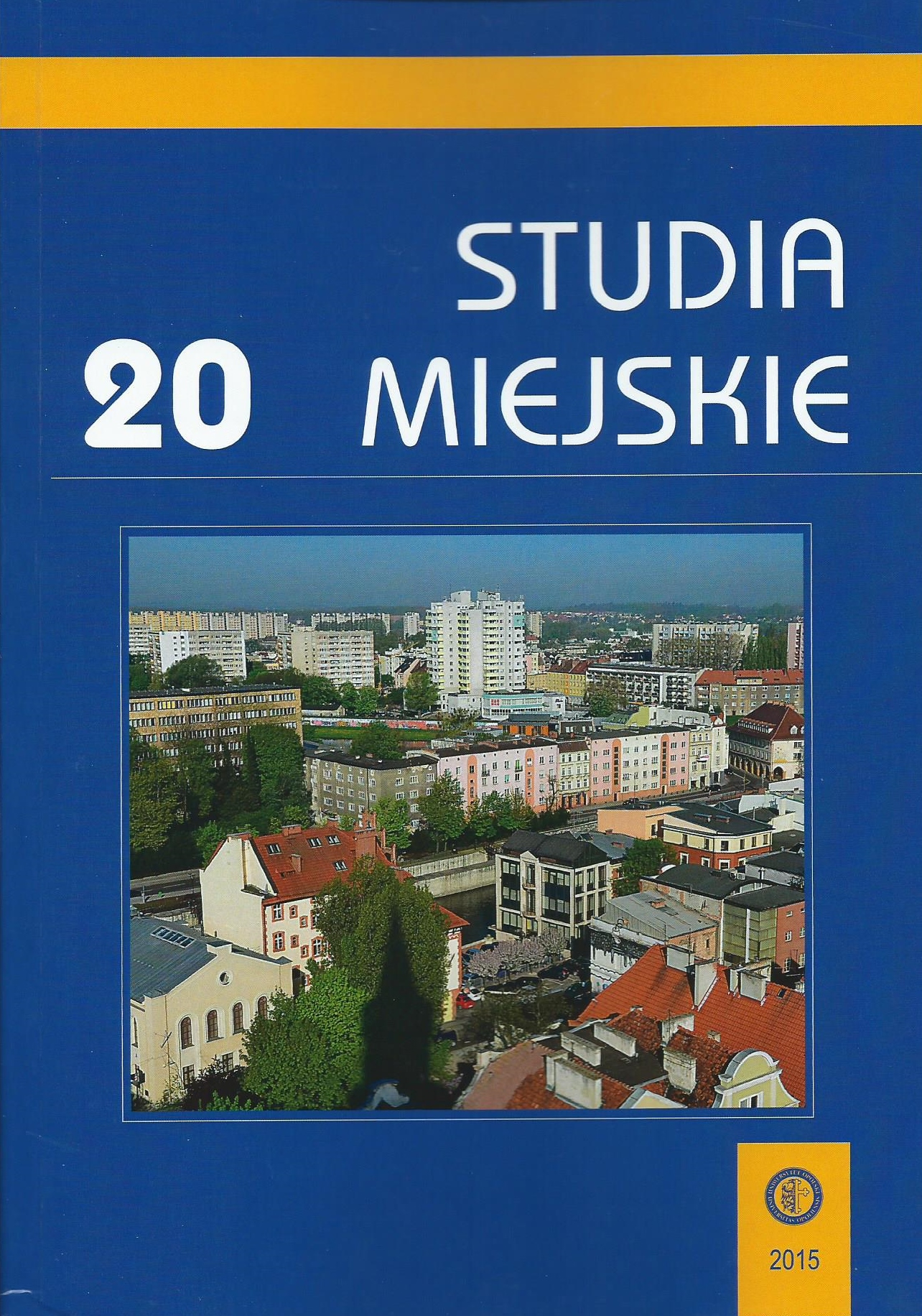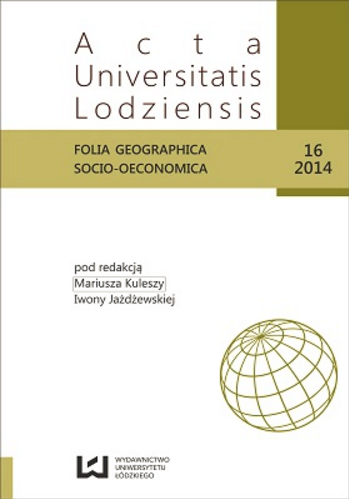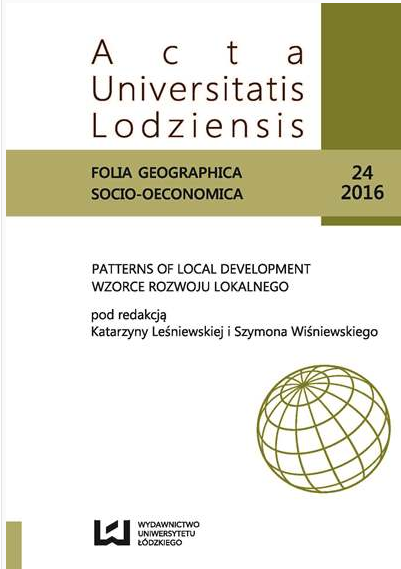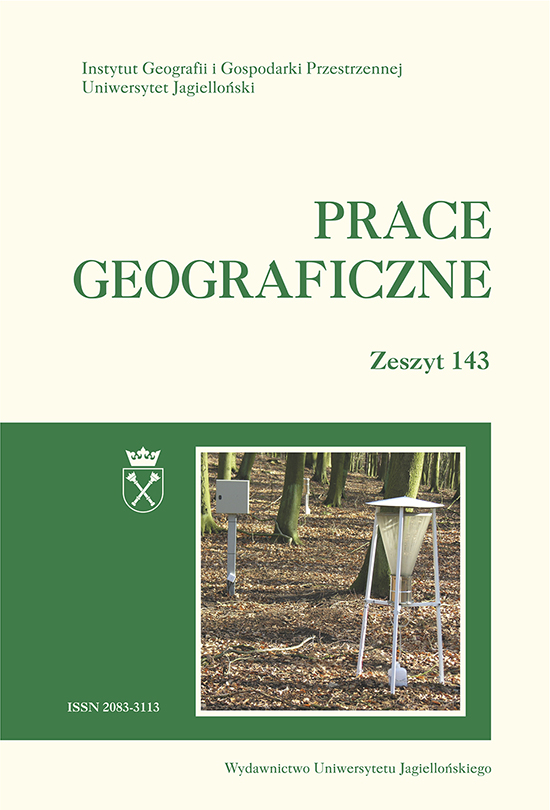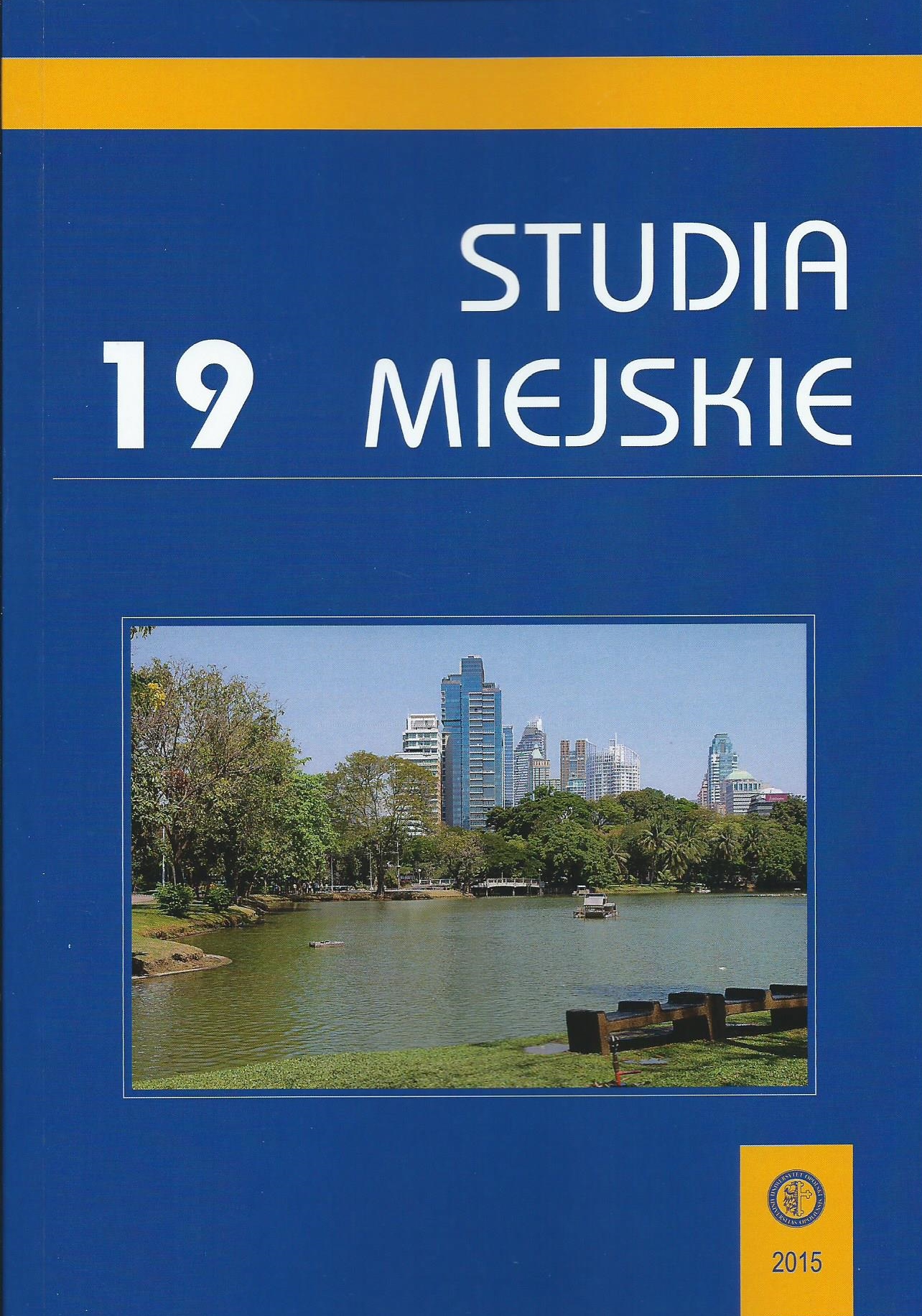
Stopień satysfakcji ze studiowania w dużym mieście. Przypadek studentów geografii na Uniwersytecie Jagiellońskim w Krakowie
The purpose of the author was to determine the level of satisfaction with the study of geography students at the Jagiellonian University in Krakow. We examined the satisfaction of respondents with studies at the Jagiellonian University in Krakow and satisfaction as a place of study. In addition, the article includes the degree of satisfaction of parents of young people to study geography at the Jagiellonian University and Cracow and social origin on the basis of the structure of education of mothers and fathers. The study population was divided into four subsets according to place of residence. They were living in Krakow, the outer zone of Krakow Metropolitan Area, in other parts of the province. Malopolska and the rest of the Polish regions. A decisive advantage of the respondents were women (75% of the total), and the structure of education of the parents (the dominance of secondary education and basic and basic training), indicates the intelligentsia origin of this group of workers. Most of the respondents 63% of the total population of the other Polish regions located outside the malopolskie province. The research revealed that the choice of Krakow Jagiellonian University and the faculty is evaluated positively by both the students and their parents. Persons residing in Krakow and its Metropolitan Zone, are more satisfied with the course of study, due to the fact that he is chosen mainly because of the interest and passion, while those residing in the province. Lesser Poland and other Polish regions, enjoying the very fact of studying in Krakow and at the Jagiellonian University.
More...
